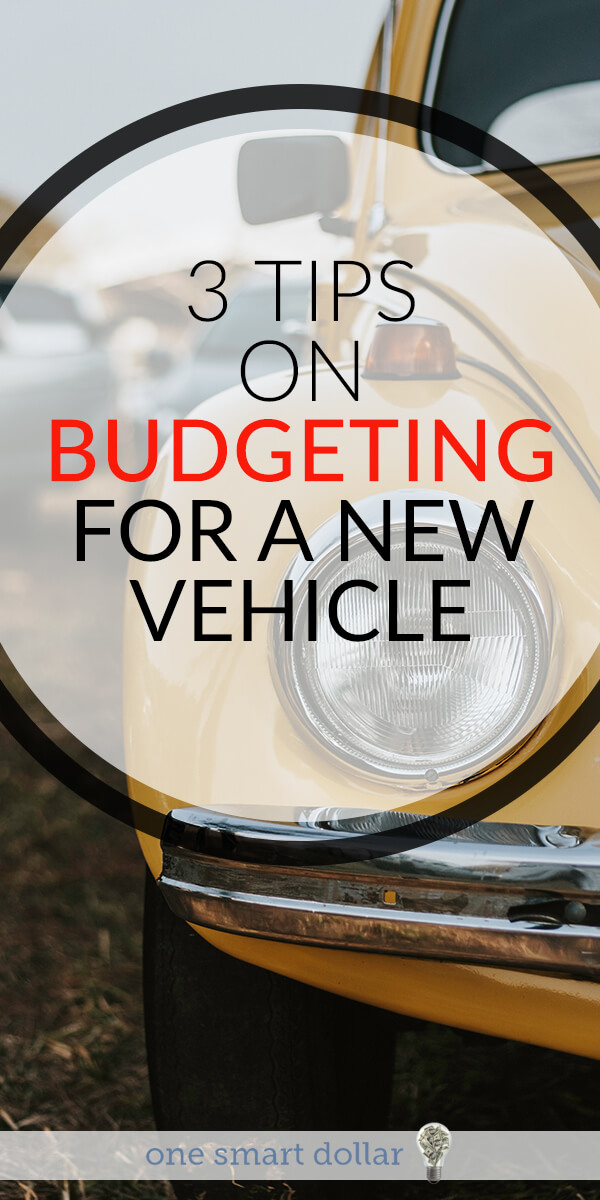
Although you might not want to admit it, your car is starting to show signs of age. From mysterious creaks and oil leaks in the driveway to the odometer that is creeping up to 150,000 miles and beyond. These are all signs your beloved car is probably getting ready to retire.
While you know you need to purchase a new, or new-to-you, vehicle pretty soon, chances are good you don’t have a stockpile of money ready to pay for your new wheels. In order to make your new vehicle a reality, you’ll have to fit it into your budget. The following tips can help get you into your new ride:
Determine your down payment
Since making a down payment will help to lower your car loan amount, it’s wise to pay at least something up front toward your new vehicle. If you have some money set aside in savings, this would be a great time to dip into it.
If you can take on any additional overtime or projects at work, even for a few weeks or so, you can apply the extra money you bring in towards the down payment. Have you been working on a side hustle? Apply anything you earn to what you can put down on the car. The Nest notes, making a down payment will also mean you’ll pay less in interest during the course of your car loan, which will save you even more money.
Make sure you set your down payment savings aside in a separate bank account. This will help make sure you don’t dip into it for other expenses. I love CIT Bank because they have some of the highest rates online for their savings accounts.
Calculate how much you can afford
While you might be dreaming of owning that snazzy BMW Z4 you saw in front of the grocery store last week, chances are good your budget is a bit more in the basic Honda or Hyundai range. Before you head out to shop for new vehicles, it’s a good idea to determine how much you can afford. To keep up with our budget I run all of our finances through both Personal Capital and Mint.com.
Bankrate also features a really cool car loan calculator that will help you estimate how much you would pay on your car loan. Just enter in the loan amount, length of the loan and interest rate to see how much you would have to pay every month.
To see how much certain cars are going for these days, you can visit the Kelley Blue Book site; write down the approximate prices for a variety of makes and models and then use the calculator to crunch the numbers in different ways. For example, see how much the monthly payments would vary between a more expensive vehicle that is financed for 72 months versus a cheaper one that has a loan term of 48 months. As a reminder, when entering in the car loan amount, be sure to subtract the down payment figure from this number.
Find the money in your monthly budget
Chances are good that your car payment will not be your only major expense every month. You probably also have rent or a mortgage payment, taxes and insurance to think about. You probably also have other bills like credit cards.
A general guideline is to try to limit any debt payments to 45 percent or less of your gross monthly income. Using this number as a guideline, you can find out how much you can afford to pay for your new car. If you are fortunate, you will already have that amount available in the monthly budget. If not, you’ll have to find ways to either earn more money or trim your expenses.
Since working overtime for an extended period can be exhausting, try to first cut back what you spend each month. Check out an app called Trim. This is a free service that will help you find subscriptions and other monthly expenses that you can easily cut and save money.
Want to cut even more? For a week or two, write down everything that you spend and then take a hard look at the numbers. For example, if you pay $50 a month for a gym membership that you never use, consider canceling it and apply the money to your car payment budget. If you get a latte five days a week from the local coffee place, cut back to twice a week and apply the savings to your car.


Been saving money for a new car. What I do is I get an extra job like freelancing and do some business at work. More importantly, I determine my targets more often to monitor my status. Your three tips add something to how I plan. Hope to get the car I am dreaming of really soon.
Good tips! Earlier this year, I was looking into getting a new (to me) car, but now that I’ve spent a ton of money fixing things (and it should be in great shape for a while at least), I’m going to put off that purchase and focus on paying off some more debt first.
I just passed 180,000 on my car and it is running great. But I know that there are more good days behind me than ahead at this point. I hope to get to 250,000 because my favorite car is one that is paid off. We planned for a long time on our last purchase and had it all figured out and then found that my wife had a hard time seeing in the car. We had to change up our plans and found a better car that was the same price. I would like a truck, but the practicality isn’t there so we’ll look again at great gas mileage, lots of room, durability, and something we can pay cash for.